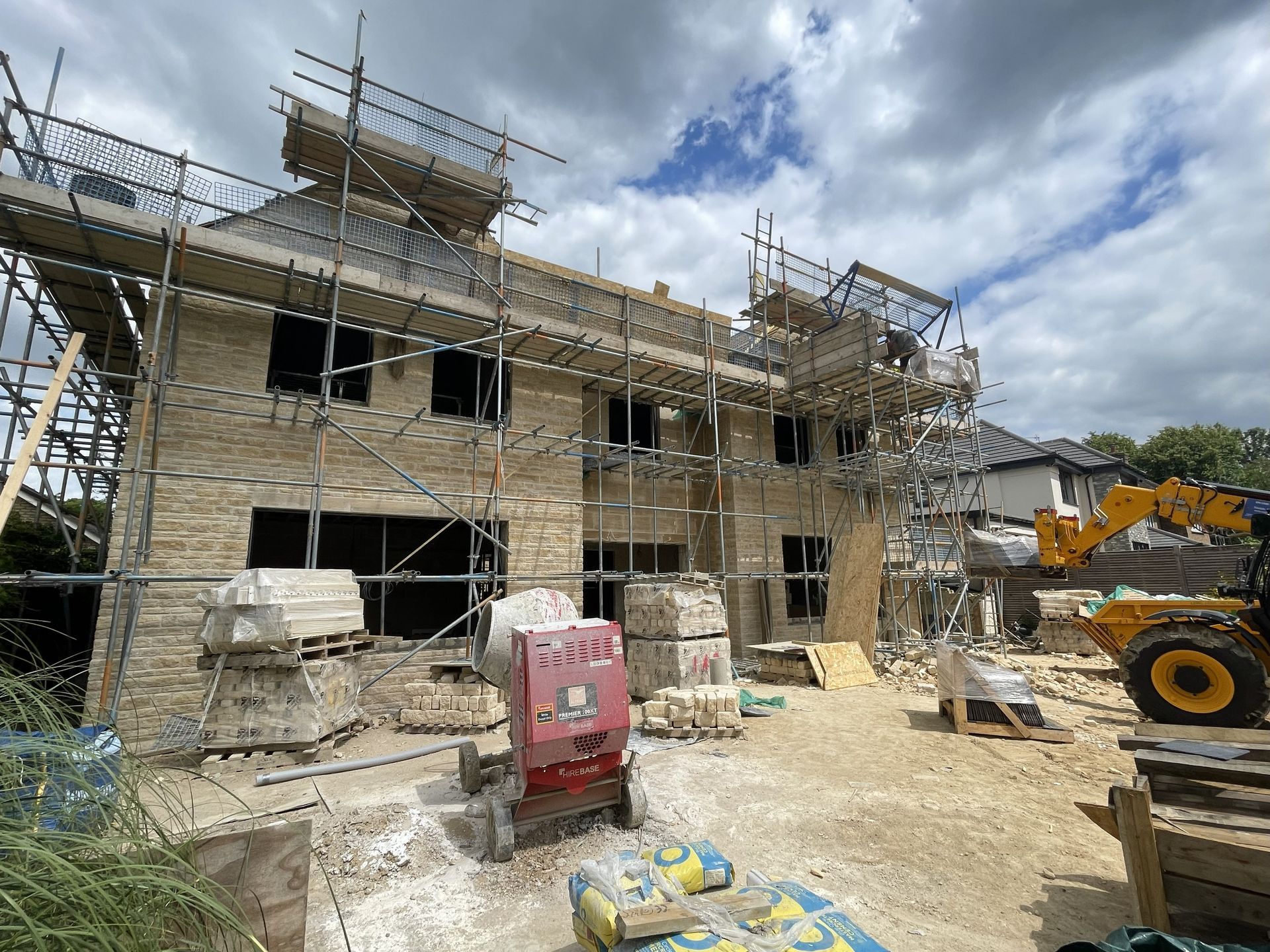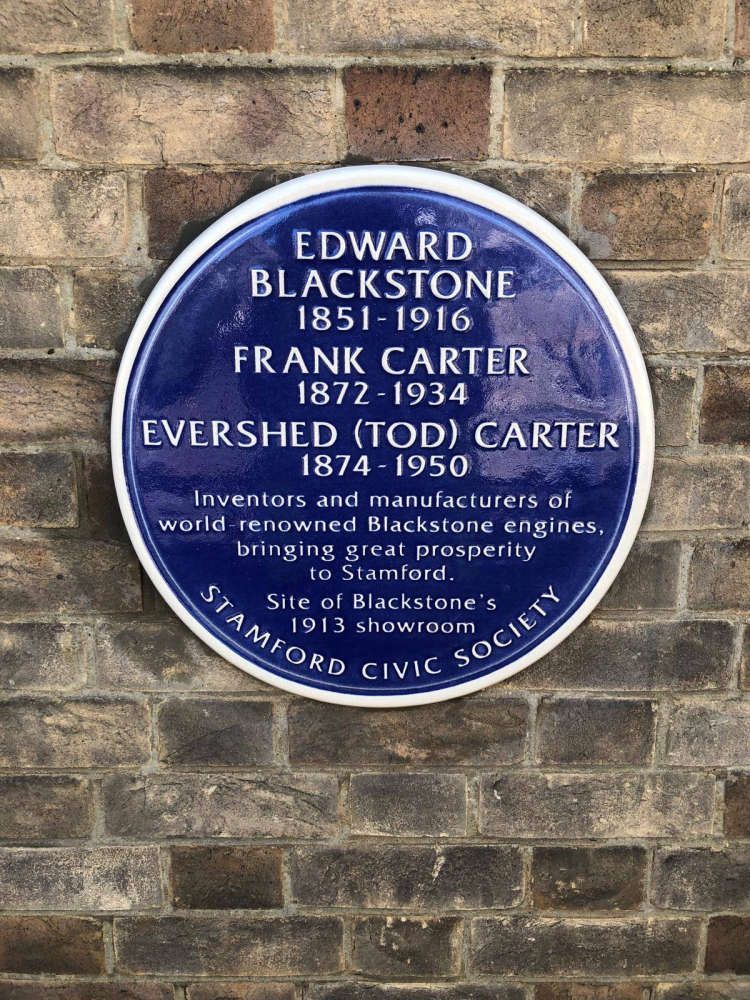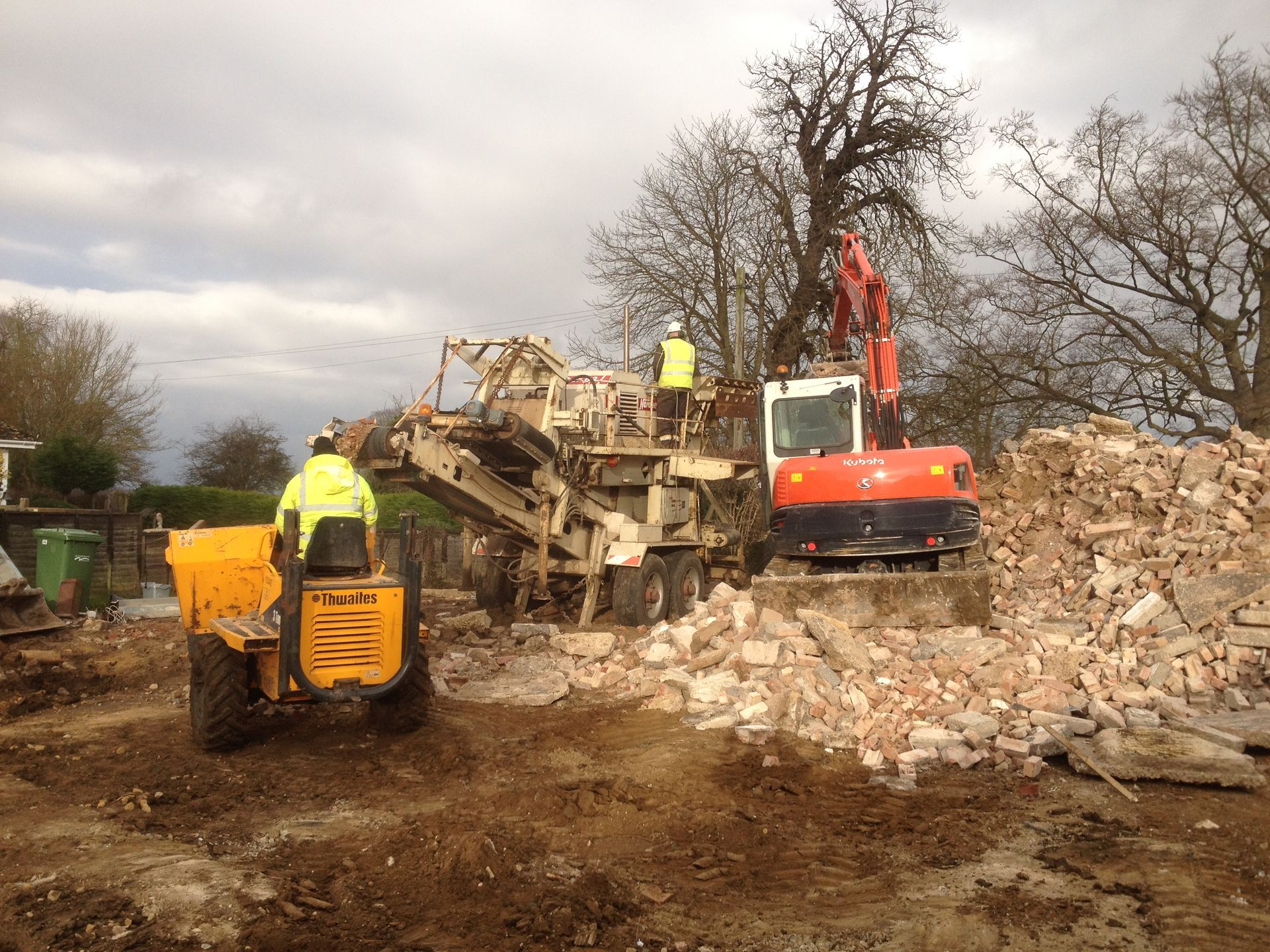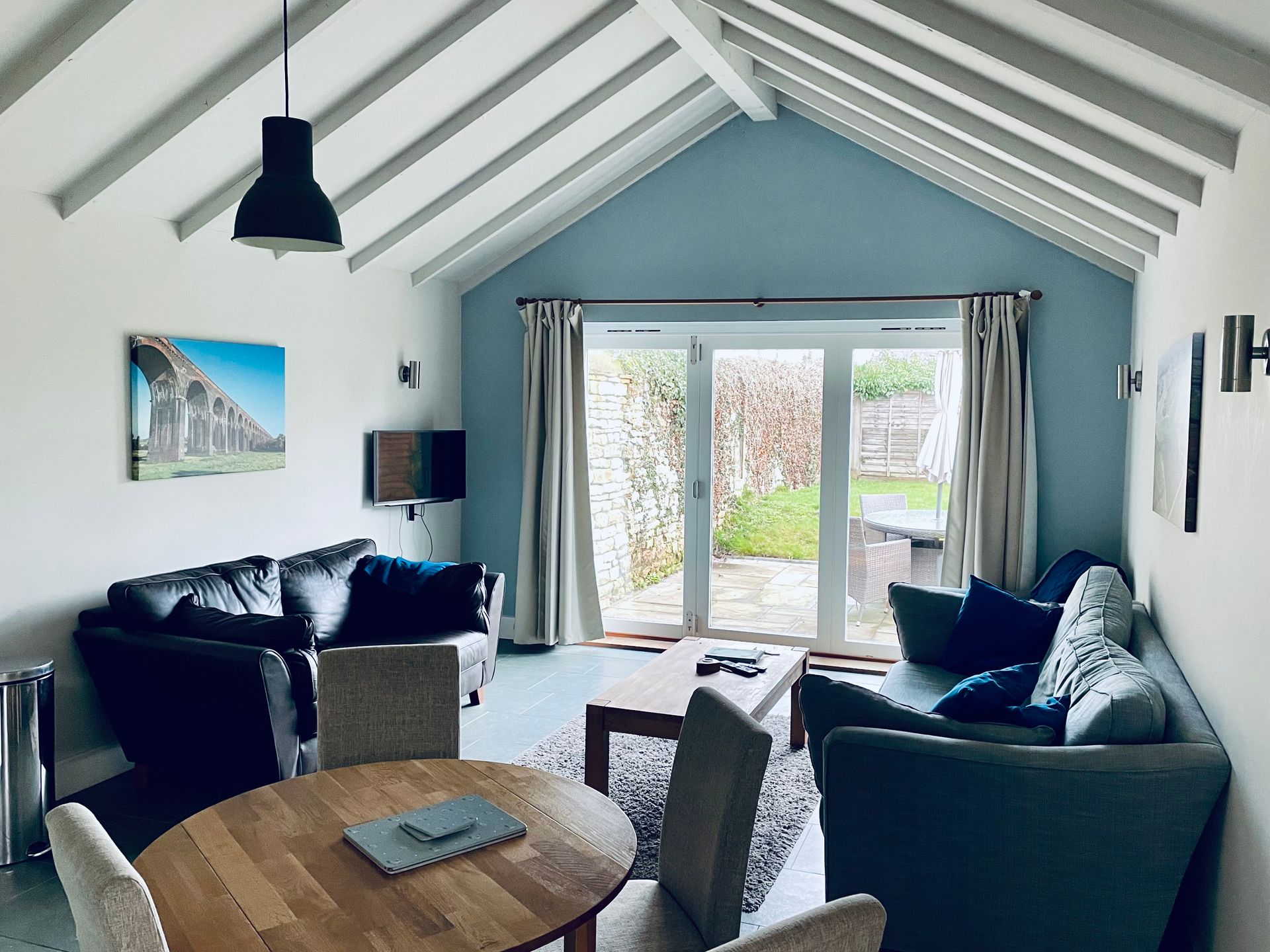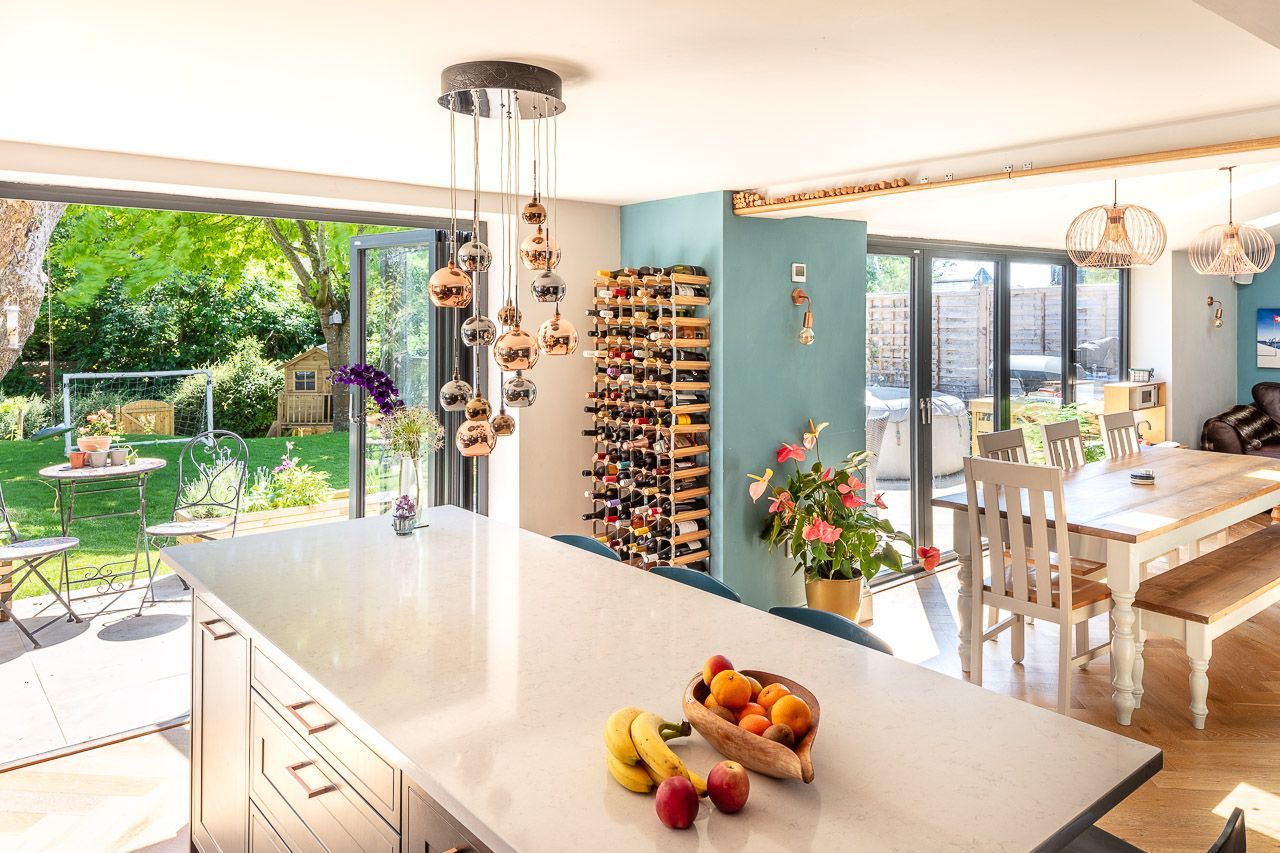5 Things I Learned from Building My Own House

From a young age I was fascinated by making things. It started with Lego, then model kits, dens and go-karts. As I grew older, the projects became more ambitious: furniture, a car, a garden office – and eventually, a new-build house.
As an architect, taking on a self-build always felt inevitable. We are trained to design, but rarely to build. Going through the process myself has been invaluable. It has brought me closer to the practical challenges faced on site and given me a greater respect for the builders and tradespeople I work with every day.
Here are five things I learned along the way.
1. Recycle and save money
Demolishing an existing house can quickly become an expensive exercise, especially when paying to remove waste. I found that with a little extra effort almost everything could be reused or recycled. Copper pipes and lead were taken to a local metal yard and sold, which gave us some useful cash back. The original doors found new homes through eBay. Even the brickwork and concrete roof tiles were put to use: we hired a concrete crusher for a day, which allowed us to crush the materials on site. Not only did this save the cost of hiring extra skips, but it also gave us a ready-made supply of hardcore for the new driveway and the ground floor base.
In the end, the only things we couldn’t recycle were the plasterboard ceilings and the old UPVC windows, which we managed to fit into a single skip. What might have been a major expense became a relatively minor one. It showed me that waste management is not just about being environmentally responsible; it is also a very practical way to save money.
2. Keep foundations simple
The design of a house has a huge impact on the cost of its foundations. The more straightforward the footprint, the easier and quicker it is to excavate and build. Our house was designed as a simple rectangular box, which made the whole process far more efficient. There was less soil to remove, fewer complications to work around, and ultimately less concrete required.
Before any work began we dug trial holes and had them inspected by an engineer. This step gave us clarity on the depth of foundations needed and allowed us to calculate how much concrete would be required long before placing the order. Planning ahead at this stage meant there were no nasty surprises when the lorries arrived.
We also discovered that small decisions make a big difference. By providing direct access for the concrete lorries, we avoided the expense of hiring a pump. In fact, with a little ingenuity it is often possible to build a simple chute if the lorry cannot get close enough, saving hundreds of pounds in the process. Even the choice of supplier mattered: buying concrete from the nearest batching plant kept costs down, since much of the price is in transportation rather than the material itself.
3. Be smart about materials
One of the biggest surprises in self-building is just how much time and money goes into purchasing materials. Unlike working with a main contractor, where this is largely handled for you, the self-builder is responsible for sourcing almost everything.
We began by having a full quantity take-off prepared. This gave us an exact list of what we needed before the project even started. Some builders’ merchants can do this for you, and there are also independent estimators who offer the service at a reasonable cost. Having the list meant we could compare prices between suppliers rather than buying piecemeal.
Setting up trade accounts with different merchants proved invaluable. By showing them the scale of the job early on, we were offered better discounts than if we had ordered in small batches. It was also helpful to use both national suppliers and local independents, since prices varied widely. Aggregates in particular were far cheaper when bought in bulk direct from a quarry rather than by the bag from a merchant. Timber, too, was better sourced from a dedicated timber supplier, where the choice was greater and the advice more specialist. In the long run, these strategies saved a significant amount of money while keeping the quality of materials high.
4. Underfloor heating is worth it
Heating is always a major consideration in a new build, and one of the best decisions we made was to install underfloor heating. I now recommend it on all new projects. Contrary to popular belief, it is no more expensive than a radiator system, and it works far more efficiently with modern low-temperature heat sources such as air-source and ground-source heat pumps. The comfort levels are excellent, and the absence of radiators means the walls remain clear, giving greater freedom for furniture placement and design.
The process was made far simpler by using a specialist underfloor heating company. Rather than coordinating insulation, pipework, screeding and guarantees across several different trades, everything was handled by a single team. They provided a full design service, supplied all the components, and installed the system with a warranty. That peace of mind was worth a lot. It meant one less area of risk on the project, and it prevented the all-too-common scenario of trades blaming one another if problems later arise.
5. Labour and coordination are everything
The final and perhaps most important lesson was around labour. A self-build project involves many different trades: groundworkers, bricklayers, carpenters, roofers, electricians, plumbers, plasterers and decorators. In theory these follow a logical sequence, but in practice there are always smaller jobs that fall between the cracks.
A good example was the fire protection for our steelwork. This needed to be painted with intumescent paint very early in the build, long before we would normally think of employing a decorator. Questions like “who actually does this?” came up more often than I expected.
The answer, for me, was to ensure there was at least one multi-skilled builder on site throughout the project. This person became the constant presence who could bridge the gaps between trades, pick up odd jobs, and maintain continuity. Without this role, small but essential tasks risk being missed, delayed or pushed back and forth between specialists. A self-builder can attempt to take on this coordinating role, but it requires significant time and knowledge. Having someone in place who could do both the practical and the organisational work proved invaluable.
Final thoughts
Building my own house was one of the most challenging and rewarding projects I have ever taken on. It taught me that design is only one part of the story; waste management, material procurement, heating strategy and labour coordination are just as critical to the success of a build.
As an architect, the experience has given me a far greater appreciation for the realities faced by the people who construct our designs. It has also made me more resourceful, more pragmatic, and more aware of how decisions made at the drawing board play out on site.
Most of all, it reminded me why I fell in love with making things in the first place.

